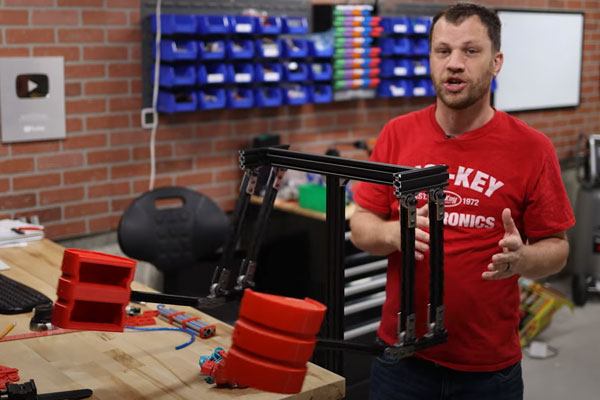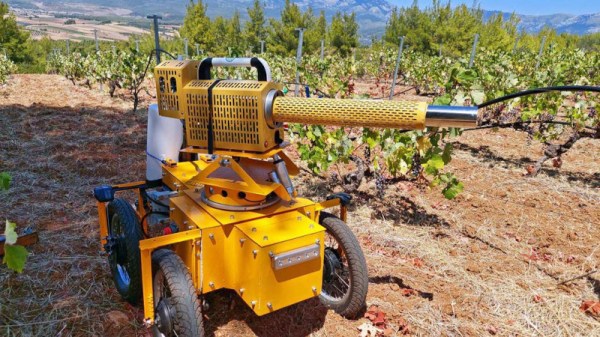Plenty of robots stick to a pair of driven wheels to keep locomotion simple. If you’re bold though, or just like creepy crawlies, you might instead appreciate this cute scorpion robot build.
Real scorpions have eight legs, but this design has just four legs, which keeps the parts count lower and control much simpler. It still looks a bit like a scorpion, though, by virtue of its cute little tail. It’s not just for show either—it mounts a camera which can be positioned at different angles via the tail’s servos. A Raspberry Pi Zero W is the brains of the operation, and allows the robot to be controlled via WiFi or Bluetooth.
Naturally, there is some additional complexity to the walking design. A full ten servos are used across the multiple legs and tail linkages. Most of the parts are 3D printed, however, so it’s quite easy to build at home once you’ve got all the parts to hand.
The robot critter has a shuffling gait, but we’d love to see it modified to walk and climb in different manners with the right programming and mechanical modifications. We’ve featured some other great creepy crawly builds over the years, too. Video after the break.
Continue reading “Mechanical Scorpion Robot Is A Cute Little Critter”

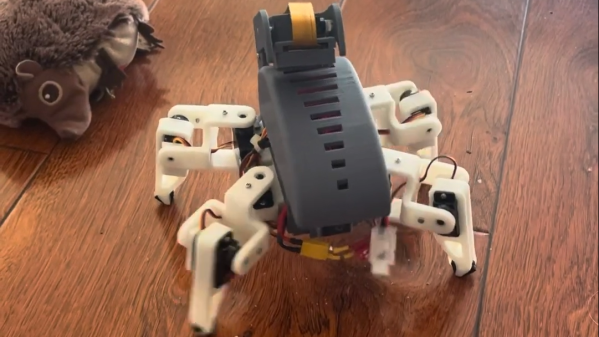
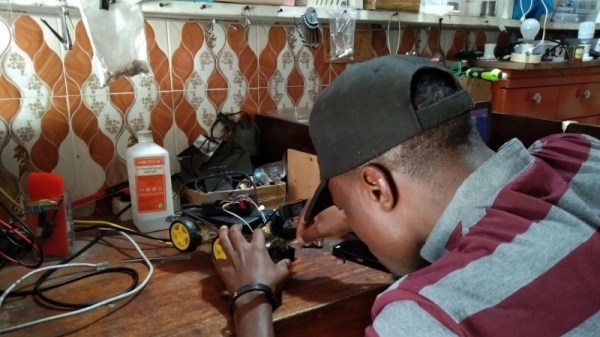
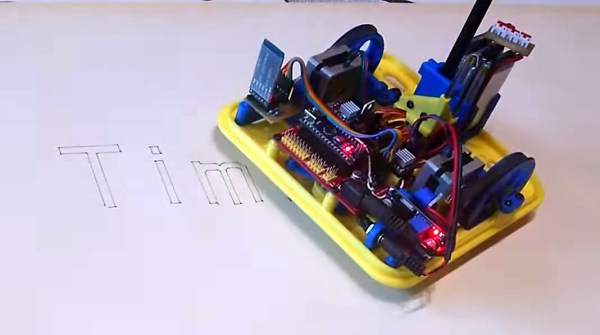
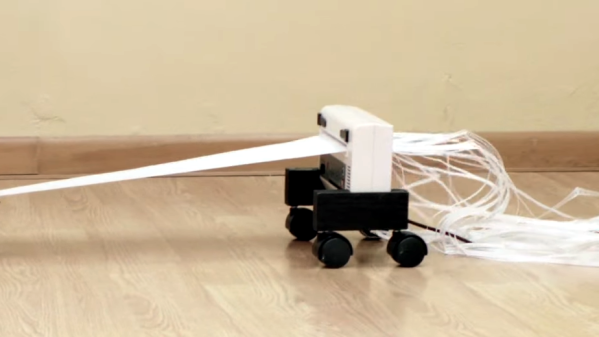
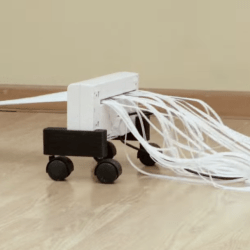
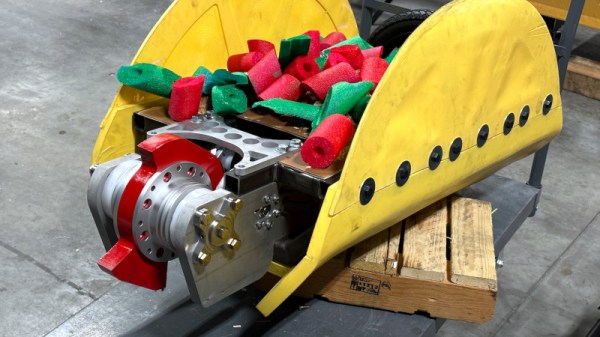
![The robot with [Carter] sitting behind it](https://hackaday.com/wp-content/uploads/2023/10/taco-tuesday-drive.jpg?w=329)
